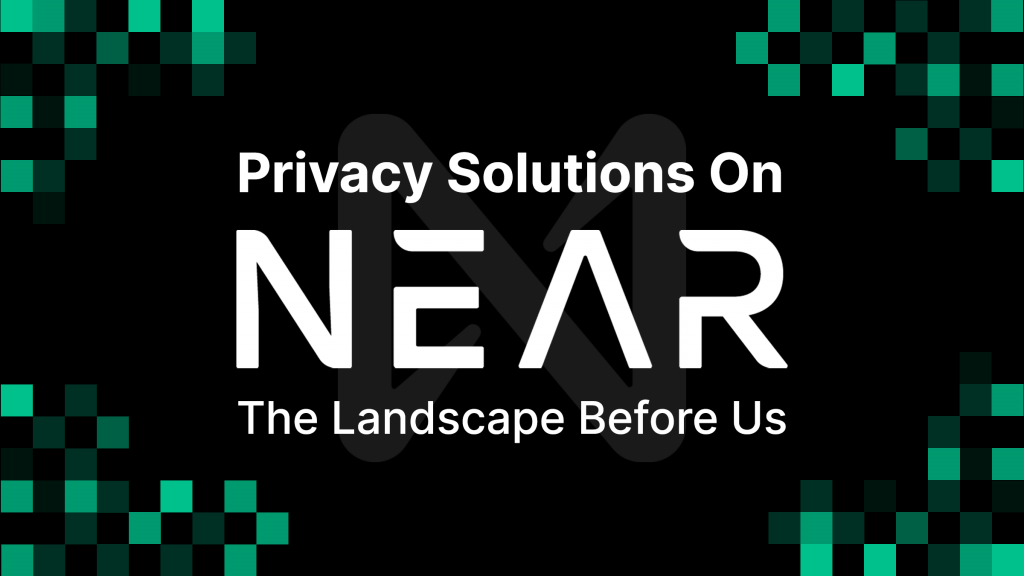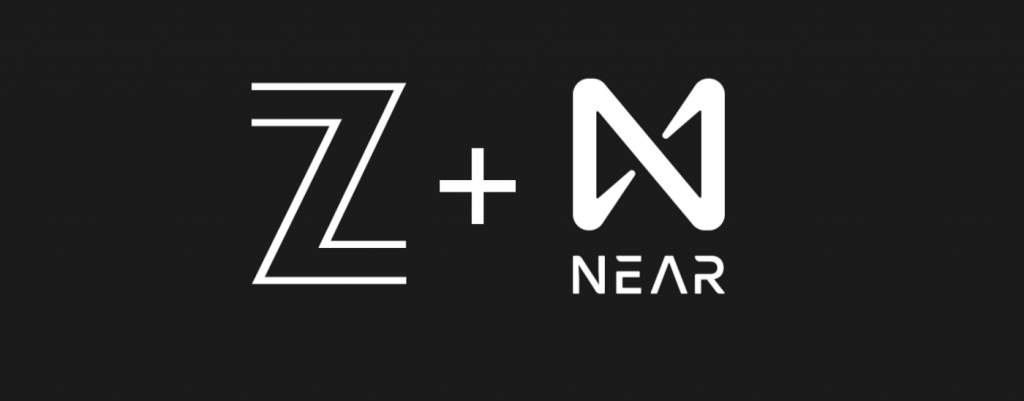Privacy Solutions on NEAR: The Landscape Before Us


Since the launch of the Cypherpunk Guild earlier this month, the Cypherpunk Guild Council has wasted no time in starting the conversation about the future of privacy on NEAR Protocol. After a roundtable with Zero Knowledge Validator, a preliminary landscape of future development opportunities was discussed, with special attention to the notable advantages of NEAR Protocol. As one of the first forays into the privacy landscape of the Open Web, this discussion brought to light a number of solutions and challenges to look forward to into the future.
“Very few projects, researchers, or implementation teams are currently working specifically on privacy on NEAR and there is a general lack of awareness about its advantages. The goal of this event was to start an open discussion around the potential barriers to entry for privacy projects, privacy education & advocacy and explore NEAR’s potential to differentiate itself compared with other L1 platforms.”
Privacy Solutions and Goals: What Is The Plan?

The round table started off with a high level/sweeping/far-ranging overview of the current state of privacy on NEAR and the most pressing issues to be addressed in the coming months. The first and most direct need was addressed as bringing simple private transactions onto the protocol, quickly followed by the need to build in relevant wallet improvements so as to make such private transactions easily accessible. These improvements would allow users to transact without visibility or oversight into the contents of their transaction, while easy integration with the NEAR wallet would grant direct access for every user with a NEAR account.
Building on these ground-level privacy improvements, the discussion then turned to more medium and long term goals: Privacy staking pools, generalized private transactions, and a cost-effective means of privately using DeFi protocols. As the ZKValidator write up attested to:
“Private staking pools are a brilliant and unique opportunity for NEAR as withdrawals can be de-linked from a deposit account. This could be done by having a proxy that acts as an “anonymous broker” and relayers that can pay the transaction fees for users. Depositors would own shares in the privacy pool to receive staking rewards. Metadata, including timing attacks on transactions, are a challenge to consider.”
On the topic of privacy with DeFi protocols, the issue was described as being somewhat more complicated:
“Lack of privacy is a major challenge for DeFi and real world adoption. Regulatory uncertainty is certainly one of the reasons why there are few teams working on privacy related tech.”
Cost was another crucial factor brought up in the discussion. However, the participants still put forward an interesting vision for what privacy embedded DeFi engagement might look like:
“There is an opportunity for NEAR to go even further, with shielded smart contracts. A killer goal would be DeFi in a non-shielded zone AND shielded zone. Apart from user privacy, shielded DeFi can help to protect against front running DEXs.”
What Benefits Does NEAR Bring to the Table?

Beyond the list of solutions that can be built in the future, the discussion also evaluated the benefits of using NEAR Protocol for privacy related solutions. Notably, the NEAR Account model and NEAR’s developer incentives were both mentioned as gamechangers.
In relation to other Layer 1 protocols, NEAR allows contract developers to earn 30% of the transaction fees that their contracts generate. For privacy solutions this is a possible business model that could prove successful with enough traction and demand:
If you deploy a contract on NEAR, a portion of transaction fees generated by its future use will come back to the deployer. This is a key differentiating feature of NEAR and can help to make privacy projects self sustaining. Anonymous developers can deploy privacy related contracts and automatically have a business model. This is a phenomenal advantage!
The NEAR Account Model and related Limited Access Keys, were also put forward as a key differentiator between NEAR and other protocols:
“Limited access keys are a unique feature to NEAR and the accounts model in general makes possible some concepts that would not be possible on other L1s”
While the NEAR account model is new, and its full range of functions have yet to be fully explored, the roundtable concluded that:
“NEAR has many advantages that could position it as a leading blockchain for privacy with a specific privacy SDK.”
Where Do We Go From Here?

The Cypherpunk Guild will soon be open to accepting and evaluating proposals for building privacy solutions into NEAR Protocol. As the roundtable discussion illustrated, there are a number of different types of privacy solutions awaiting development, with some currently more feasible than others. According to ZKValidator, the future of privacy solutions on NEAR remains bright:
“In the near term, the NEAR ecosystem should focus on simple private transfers and wallet improvements. Private staking pools and generalized private transactions are achievable mid term goals and in the long term, NEAR could position itself as a leading blockchain if devs are provided with the right tools e.g. for selective disclosure.”
To join the Cypherpunk Guild community drop into the Matrix Channel here.




